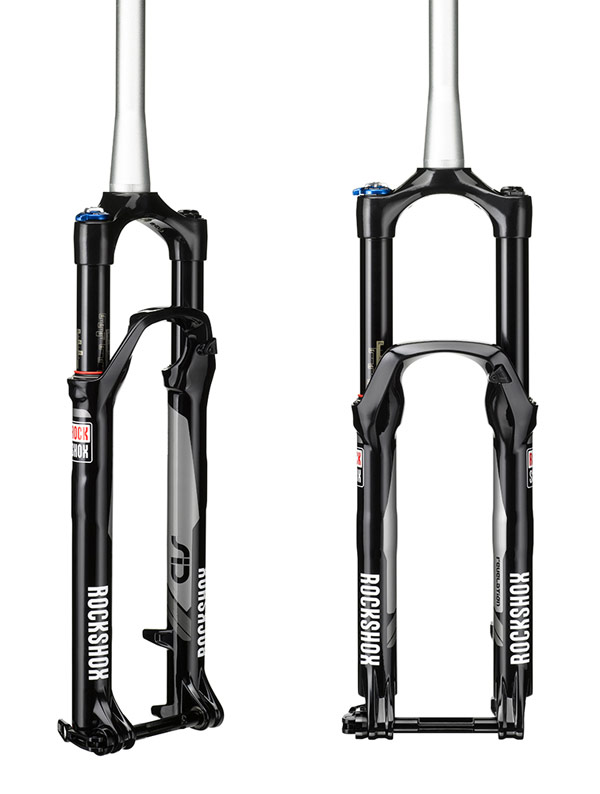

For example, use CONFLIMIT=0.9 to plot the 5th to 95th percentile range. CONFLIMIT: Fraction of the data to enclose in the error bar if /MEDIAN is set. The size of the error bar is the statistical error in the mean (or, if /MEDIAN is set, the range containing the fraction CONFLIMIT of the data). ERRORBAR: If /ERRORBAR is set, then error bars are plotted in the y direction. DX: Shifts the x coordinates of the plot locations (only on the plot, not in OX). OERR: Optional output 2xNbin array containg the ends of the error bars. ODATA: Optional output of plotted y values. OX: Optional output of x coordinates of bins. KEYWORD PARAMETERS: MIN: Minimum value for bins. Bin: Bin width, in x coordinates (if positive) or in data points per bin (if negative). Data: Array containing y coordinates of data points. CATEGORY: Plot CALLING SEQUENCE: PLOT_BINNEDDATA, X, Data, Bin INPUTS: X: Array containing x coordinates of data points. + NAME: PLOT_BINNEDDATA PURPOSE: Takes a set of X,Y data and plots the mean y value for points binned by their x coordinate. Xloc, yloc, data, projection=projection, hex_res=hex_res,Īlign_arrays=align_arrays, dtype=np.array(()).dtype)Į1 = da.concatenate(interp_()). Yloc = da.from_array(yloc, chunks=chunks)ĭata = da.from_array(data, chunks=chunks) Xloc = da.from_array(xloc, chunks=chunks) Xloc, yloc, data = df.values, df.values, df.values Here is the printing output for first partition. Slon, slat, data,ĭepth=10,trim=False,dtype=slon.dtype, align_arrays=False, chunks=(400,1) Here, I added chunks=(400,1), since my outputs is in the shape of (xxxxx, 3) z1 = da.map_overlap(tantan3,

def tantan3(lon,lat,data, hex_res=12, block_info=None): Reconstruct the function tantan3 with block_info argument to print out the block information. The reply here described the testing result when adding chunks argument. ValueError: could not broadcast input array from shape (1090,3) into shape (1065,3)Īny possible solution to trim the points in the buffer region? What I believe is because of the changing shape. In addition, if I turn the trim=False, the. As such, because of the empty array, I kept receiving errors when using. It looks like my output is changing the shape compared with the input array therefore, my output always returns an empty array to me when trim=True. Step 3: apply da.map_overlap c = da.map_overlap(tantan2, #- stack target h3-lon/lat and interpolation output and send it to return. #- Using the input lon/lat and generated h3-lon/lat for interpoaltionĪbc = lNDI(points=(lon.ravel(), lat.ravel()), Target_df = target_df.apply(lambda x: h3.h3_to_geo(x)) Target_df = pd.DataFrame(h3.polyfill( b, hex_res), columns=) #- Using Pandas to generate h3 hexagonal grid with associated long/lat #- Using to generate domain bounds for h3ī = box(lon_min, lat_min, lon_max, lat_max, ccw=True) #- Generate the parameters for h3 and shapely.geometry usage. Step 2: define a function for map_overlap use def tantan2(lon,lat,data, hex_res=10): Step 01: Convert to dask.array slon = da.from_array(lon, chunks=(400,400))
#XLOC KEYWORD HOW TO#
However, some situations happened that I didn’t know how to solve. I am using depth argument in the function da.map_overlap to provide the buffer boundary for my interpolation method usage.


 0 kommentar(er)
0 kommentar(er)
